Xi'an
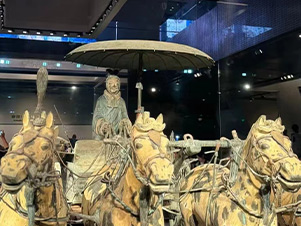
Xi'an was the capital of 13 dynasties, including the Zhou, Qin, Han, Sui and Tang. The city has more than 3,100 years of history and was called Chang'an in ancient times. Xi'an is an important cultural, industrial and educational center of the central-northwest region, with facilities for research and development, national security and China's space exploration program.
Xi'an is famous for the Mausoleum of the First Qin Emperor and Terracotta Warrior of the Qin Dynasty, for being the eastern terminus of the Silk Road and for the historical event Xi'an Incident in 1936.
The cuisine of Xi'an is the representative of food in northwestern China. The best-known is its snack, which consists of traditional food of the Han Chinese and Hui ethnic minority. The most famous dishes are Xi'an Dumplings Banquet and Pancakes and Mutton Soup, a historical dish of Song Dynasty. Xi'an is an important place for Buddhism and Taoism with over 100 Buddhist temples and 27 Daoguan (Taoist temple).
What to see in Xi'an?
-
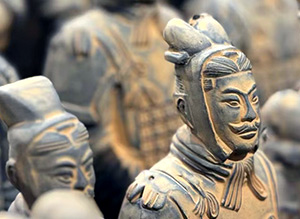
Terra cotta Warriors and Horses Museum
Terra cotta Warriors and Horses Museum is an attendant pit of the mausoleum.More than 6,000 clay warriors and horses could be unearthed from here.Together with Terra cotta Warriors, they are called the eighth wonder of the world.
Detail » -
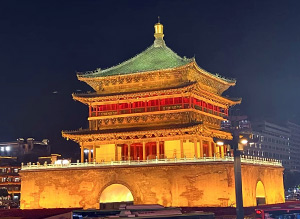
Bell Tower
Bell Tower is an ancient structure lies in the center of Xi'an City.In early morning of ancient times it had the mission of ringing the bell and giving the correct time to the whole city, called "The Bell Tower".
Detail » -
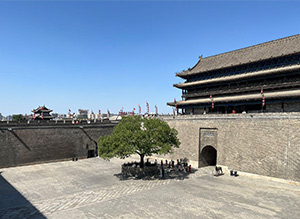
Ancient City Wall
The first landmark visitors will encounter in Xi'an is its ancient City Wall, which stretches just outside the railway station.The city wall of Xi'an is an extension of the old Tang Dynasty structure, as a result of this wall building campaign.
Detail » -
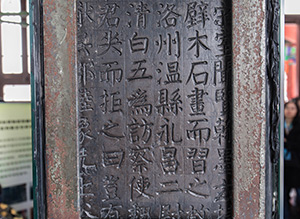
Forest of Stele Museum
Forest of Stele Museum was Established in 1090 during the Northern Song Dynasty,the Stele Forest in Xian is well-known nationally for a fine and large collection of more than 1, 000 inscribed stones engraved during the period of the Han to the Qing Dynasties for over 2, 000 years. It is a place to get close to Chinese history and culture.
Detail » -
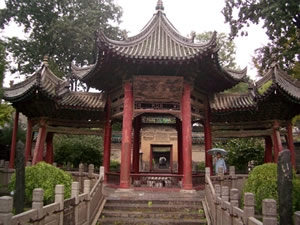
The Great Mosque
located at the Huajue Lane in the center of the city, is the largest and one of the most important Islamic mosque in China. It's construction started in 742, the first year of Tianbao period of the Tang dynasty, and additions were made during the Song, Yuan, Ming, and Qing dynasties which makes it an ancient architectural complex.
Detail »
-
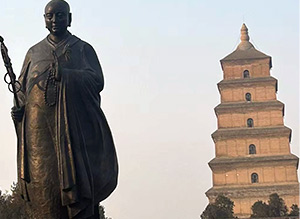
Big Wild Goose Pagoda
As the symbol of the old-line Xian, Big Wild Goose Pagoda is a well-preserved ancient building and a holy place for Buddhists.it attracts numerous visitors for its fame in the Buddhist religion.
Detail » -
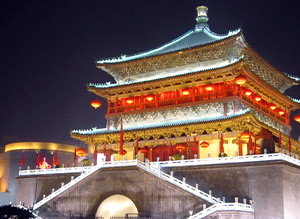
Drum Tower
It was erected in 1380. The Drum Tower got its name from the huge drum hung within it. While bell was stricken at dawn, drum was beat at sunset to indicate the end of the day. Inside the Drum Tower now is a drum museum, where a variety of drums are on display, some of which can be dated back a thousands years.
Detail » -
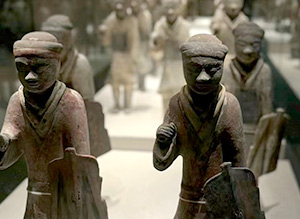
Shaanxi Provincial Museum
Shaanxi Provincial Museum is a epitome of Shaanxi' glamorous imperial past. The museum building was designed in China's ancient Tang Dynasty style, grand and elegant,including Bronze wares from the Western Zhou Dynasty, 3 thousands years ago, terra cotta figures, gold and silver wares and murals discovered in Tang tombs, and much more.
Detail » -
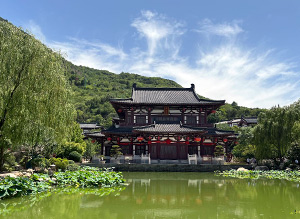
Huaqing Hot Springs
Huaqing Hot Springs is located at the foot of the Lishan Mountain, a branch of the Qinling Range. Standing 1,256 meters high, it is covered with pines and cypress and looks very much like a dark green galloping horse from a long distance away.
Detail » -
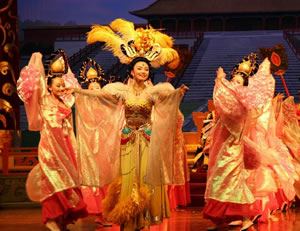
Tang Dynasty Dinner Show
a performance of Chang'an music and dance originated in China's Tang Dynasty over a thousand years ago. It has been recreated in accordance with various historical records as well as ancient art and relics discovered in Xian, the capital of the empire during the Tang Dynasty.
Detail »
What to eat in Xi'an?
-
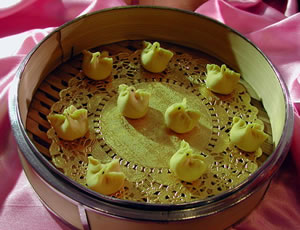
Jiaozi (Dumpling) Feast
Jiaozi (Dumpling) Feast is a kind of newly created well-known feast of local flavor on the basis of the traditional dumpling recipe. It is indeed a mixed combination of good-looking, good smelling and delicate good taste.
-
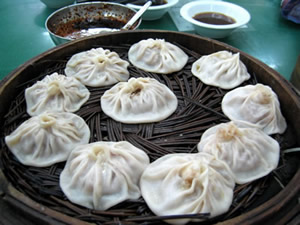
Soup Buns
Yet another incredibly tasty variety of Chinese snack! These buns are actually a kind of dumpling that gets its name because of the juices that collect inside the bun when steamed.
Recommended Tours
11 Days China Splendid Ancient Capital Tourfrom $1601
They served as the capital cities for different dynasties in the long history of 5,000 years. With rich relics, beautiful legends and natural sceneries as well...
16 Days Best Selected Historical & World Culturefrom $1392
This history discovery tour will take you to the most important and charming historical cities in China...
Xi'an city Tours
3 Days Essence of Xi'an Tourfrom $215
Land tour + well selected hotel + Private Guided with your own English speaking guide (otherwise specified), your own driver at your own pace and schedule...
4 Days Xian Memorable Tourfrom $302
Big Wild Goose Pagoda. The Terra Cotta Warriors and Horses. Bell Tower. Huaqing Hot Springs. Shaanxi Provincial Museum. The Great Mosque...







